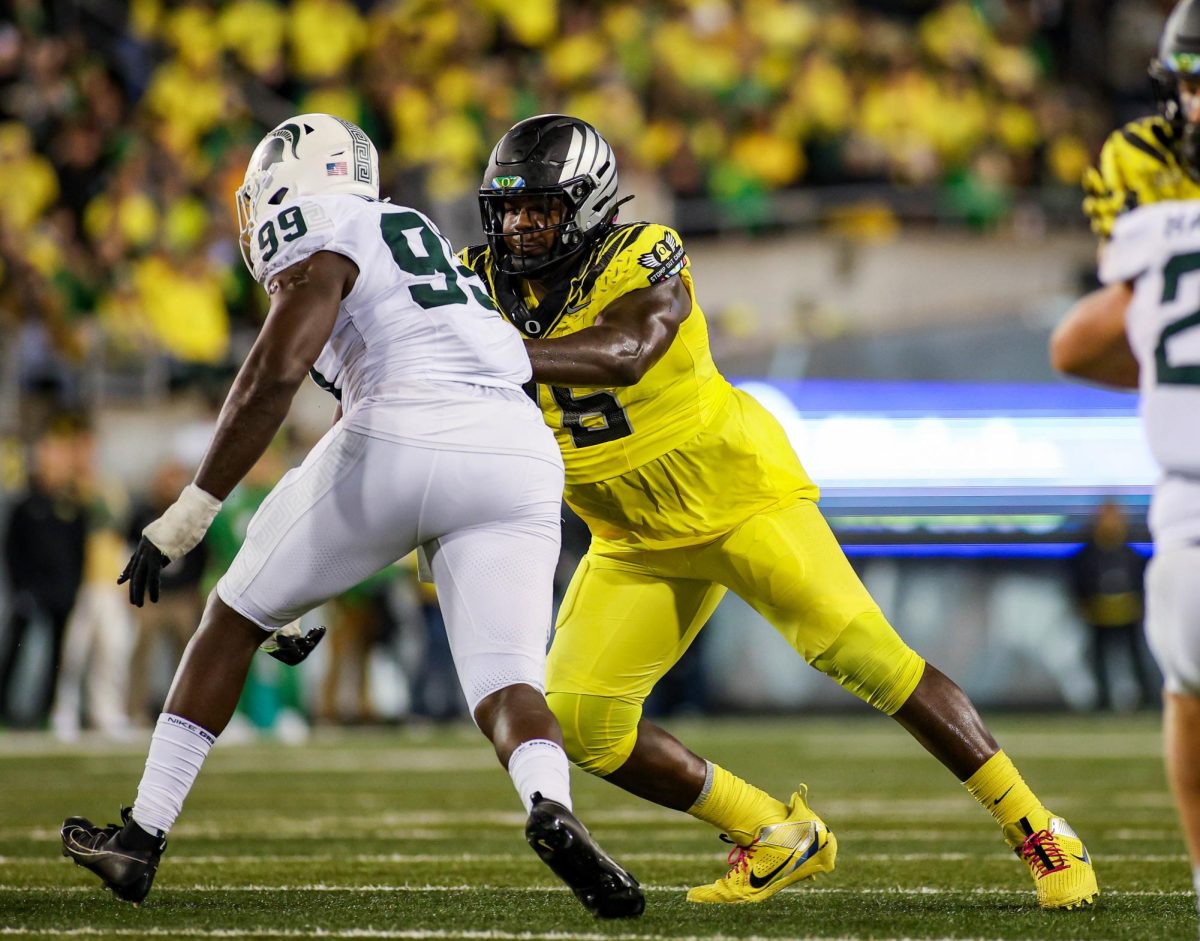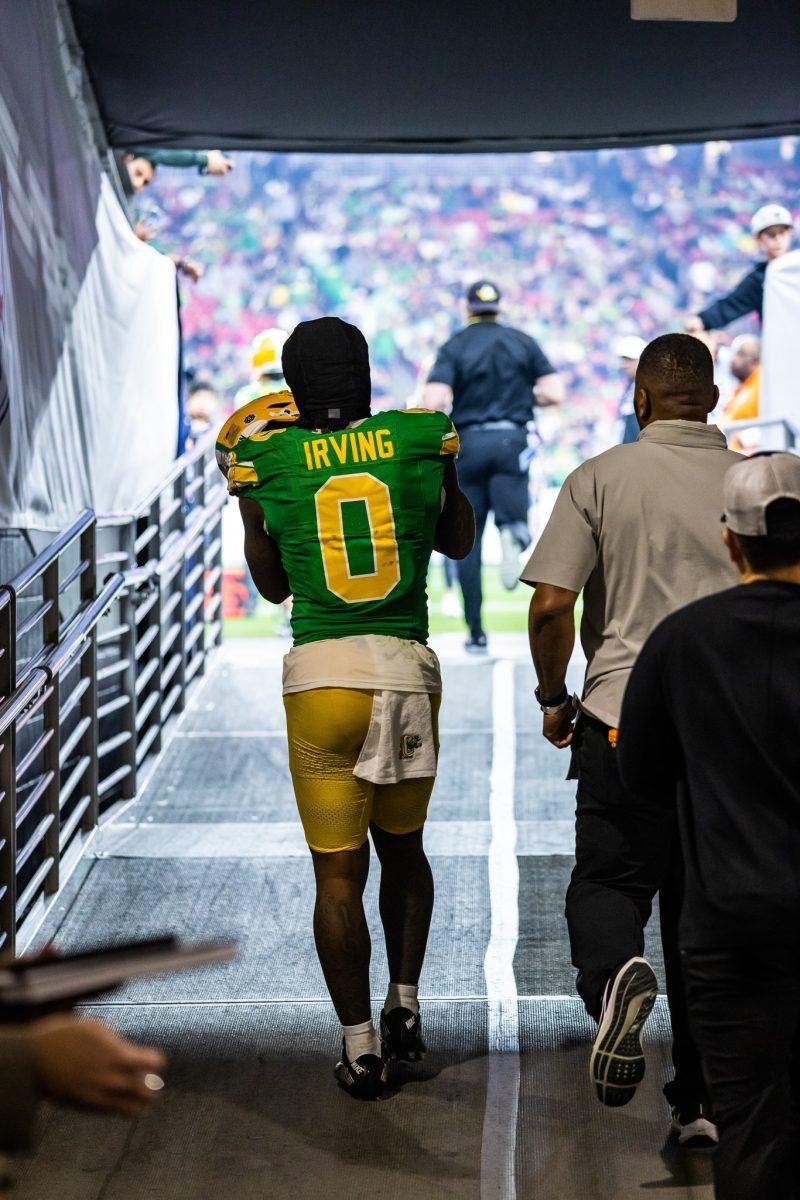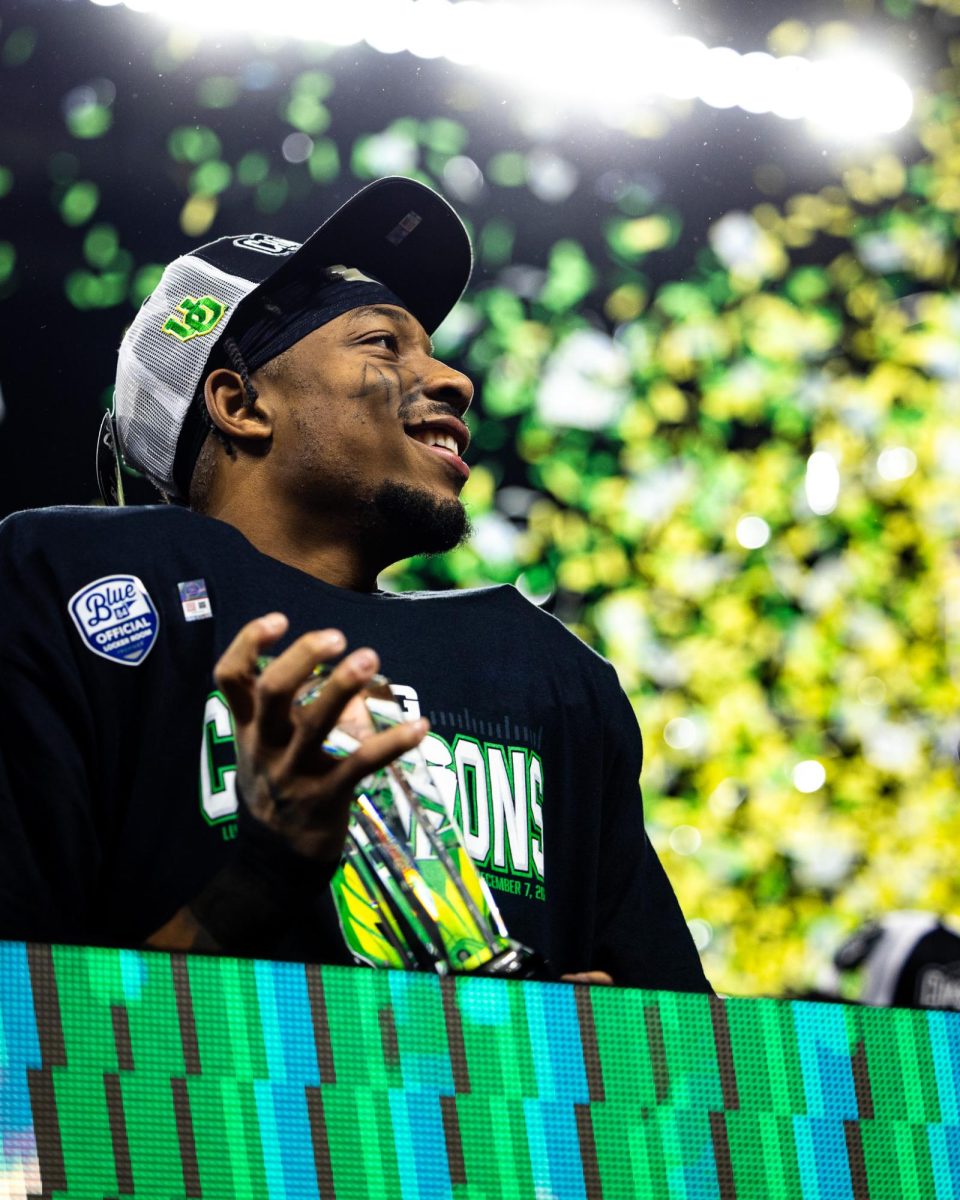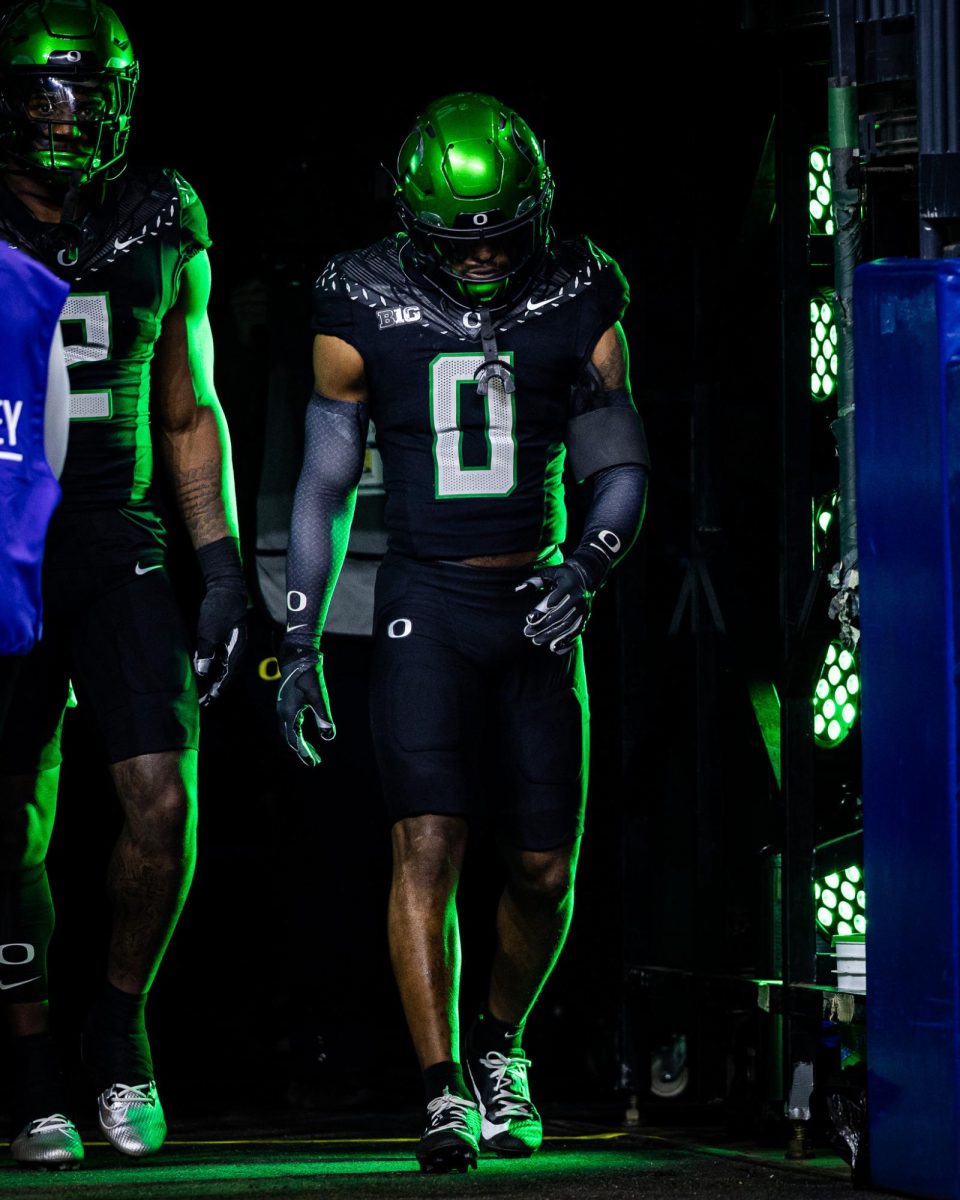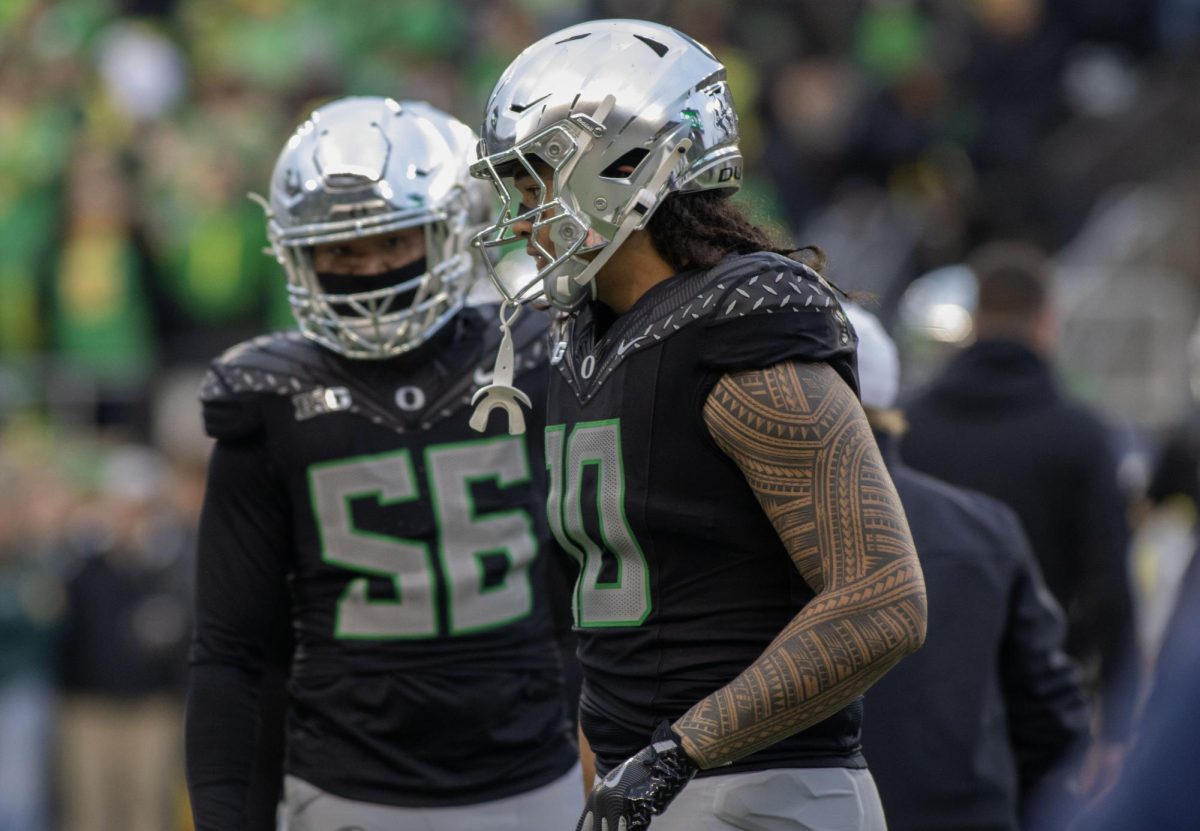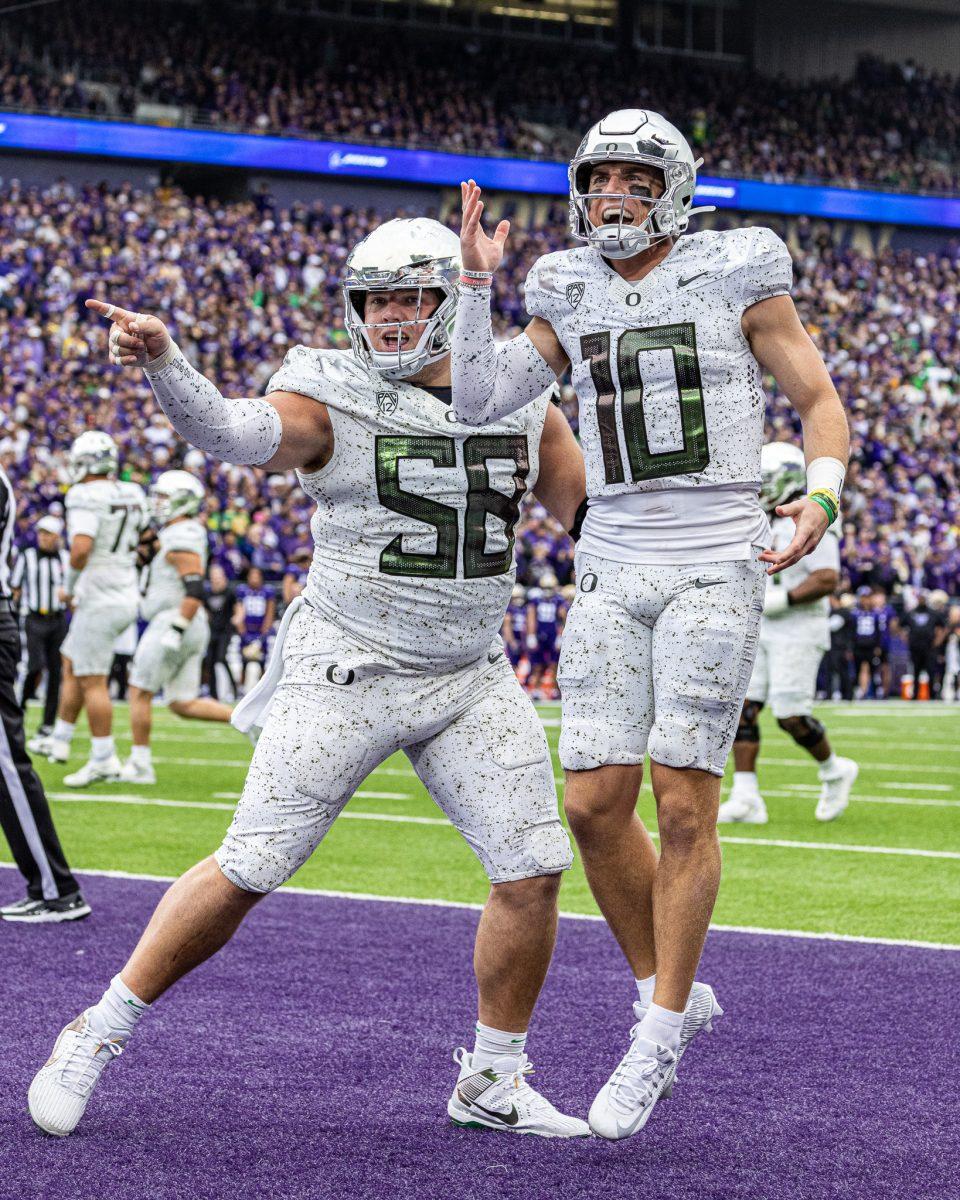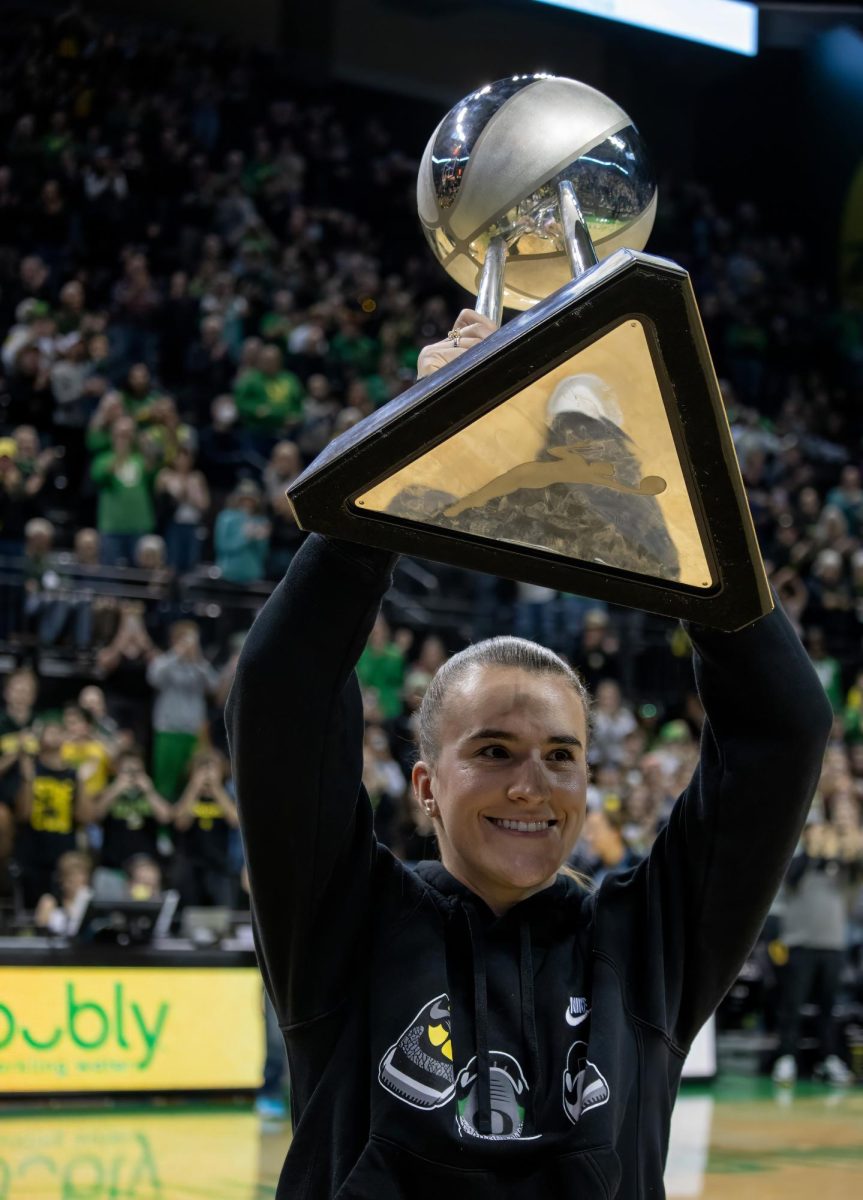Quarterbacks, by nature, are destined to sit upon the football throne. In a sort of inevitable procession, they are the ones for whom each game is a mark upon the resume of a future franchise player. They are the ones for whom their individual accomplishments are defined by a season’s end. It shakes out on stage — since 2000, 18 of the 22 winners of the prestigious Heisman Trophy Award, given to those deemed the best player in college football in a given year, lined up under center. With that comes high expectations, of course, but it’s those who can shoulder it who see their names written in the stars. In an era of football that, more than ever, places value on skilled players and rewards super-teams, the perfect laboratory for elite quarterbacks was born.
The western United States is a sports landscape that has often diverged from the rest of the country. Late kickoff times leave those to the east watching midnight sports, and a formerly close-knit group of schools were torn apart by financial demands. Shoved together by the I-5 corridor and mountain ranges, it can become a strangely isolated section of the nation — one where the best action happens after dark.
In college football, it has become a perfect description of the Pac-12 — known for its compelling, late-night games that often venture into multiple overtimes fueled by players who single-handedly drag their teams through games and seasons. In 2023, the division has matured a burgeoning class of star signal-callers who’ve raised the ceiling for their teams. Bo Nix has made the most of the Ducks’ electric receiving core and a key backfield pair. Michael Penix Jr. and Rome Odunze have formed a connection that has the Huskies on the edge of the College Football Playoff for the first time since 2016. Reigning Heisman-winner Caleb Williams continues to make USC dangerous despite a defensive capitulation.
What all of those quarterbacks have in common — whether it’s shown in flashes or streaks — is the ability to be the “it” guy. Quarterbacks up and down the west side of the nation have the ability to put the team on their shoulders — that’s uncommon. It’s a characteristic that, more than anything, will separate Heisman candidates from the pack. Call it what you will — a “Heisman moment” amongst those monikers — but these players have it.
Each of those three is tipped for a first-round call in next year’s NFL draft, and it’s down to the impressive command of chaos that they’ve shown. The Pac-12 football laboratory has managed to meld those men of the moment into seasoned leaders. Nix remains the most experienced player in college football; he has the most starts of any college quarterback in history, but players forced into positions of power (Noah Fifita in Tucson and Bryson Barnes in Salt Lake City) have looked like veterans as they lead their teams down the field. Those players’ ability to become their team’s most important leader is arguably more important than their on-field capabilities. That trait lies in mentality.
Mentality is at the heart of the success that superstars have found in the position, as evidenced by the success of Netflix’s “Quarterback” series, which followed three quarterbacks, including Oregon graduate and Heisman-winner Marcus Mariota, through the 2022 NFL season. As the widely-praised series revealed, mentality is absolutely essential to the success of college quarterbacks as professional athletes. Mariota, lost in limbo between the bench and a starting role in Atlanta, remained steadfast in his belief. His co-stars, Kirk Cousins and Patrick Mahomes, both battled through injury to win crucial playoff games. It’s not a coincidence that all three find their careers rooted in mental strength.
Beyond the elite group of Nix, Penix Jr. and Williams, exists a class who find themselves pushing the next level — Oregon State quarterback DJ Uiagalelei and Washington State’s Cameron Ward amongst them. This level of talent is not merely unusual; it’s groundbreaking. It’s the reason why the final season of a division that had been oft-shunned from the College Football Playoff has become so suddenly explosive, and it’s why they’re so sought after by professional teams.
It’s important to recognize that that success will not come immediately; it did not in the NCAA for many of these players. Nix spent three frustrating years at Auburn before he found success across the country, and Penix didn’t play a full season until his fifth year in NCAA football, transferring from Indiana. It could play out much the same for them as professionals — but don’t forget what they’re capable of.
For now, though, it’s all about the next month, which will slam the capstone on what has been a fitting all-but-end to the Conference of Champions, and it’ll be those quarterbacks who’ve led their teams so far who close the book on a storied college career. For each and every one of the division’s authors, that fairytale has a different ending, but what levels the playing field will be their ability to tell a story with a spiral.
Nix, who remains in the Heisman conversation alongside Penix Jr., has the opportunity to define his and a team’s legacy — that’s how quarterbacks work. His achievements, so obviously tied to what the team can do, will come to determine his and the program’s future. For Oregon’s quarterback and the rest of the Pac-12’s men under center, it’s the difference between a top-10 slot in next year’s NFL draft and becoming a late first round pick. For Oregon, it’ll set expectations and whet the appetite of Duck fans as a radically different 2024 approaches.
These are the moments in time that fans dream of – why they watch early-season blowouts and postulate about the possibilities of the weeks and months to come. It’s finally time to buckle up; the end of the season is near, and the quarterbacks are ready to rewrite the script. Whether or not the Pac-12 claims its first college football championship in its final year, it will be remembered as the Conference of Champions, the Conference of Chaos and the Conference of the Quarterback.








